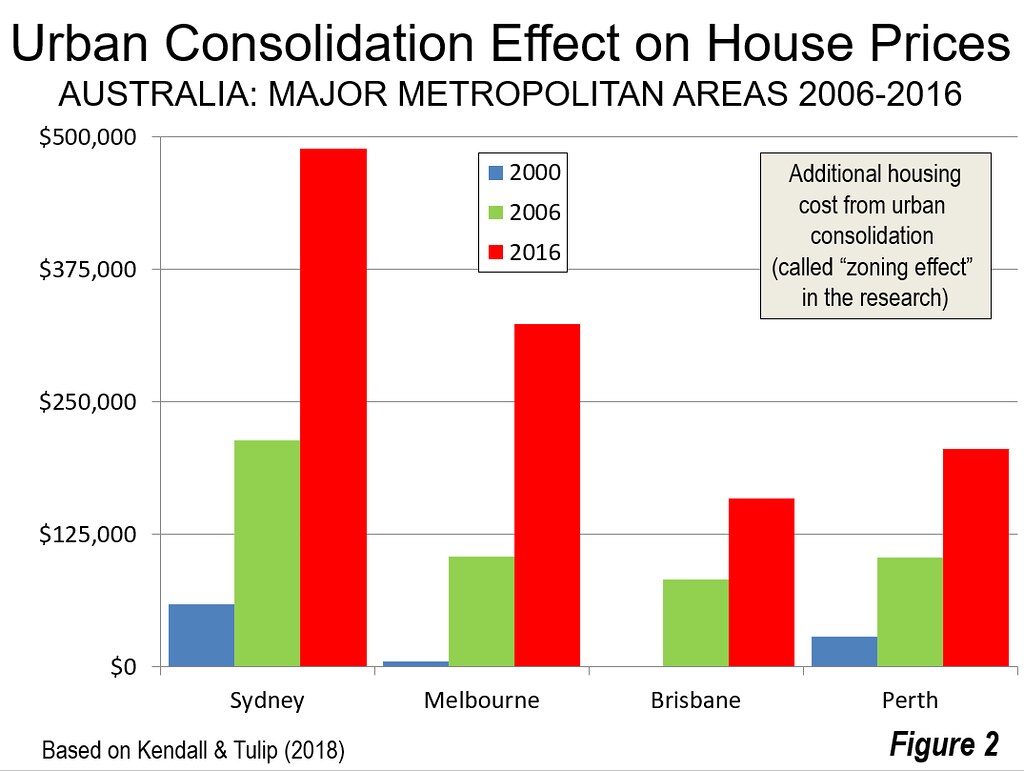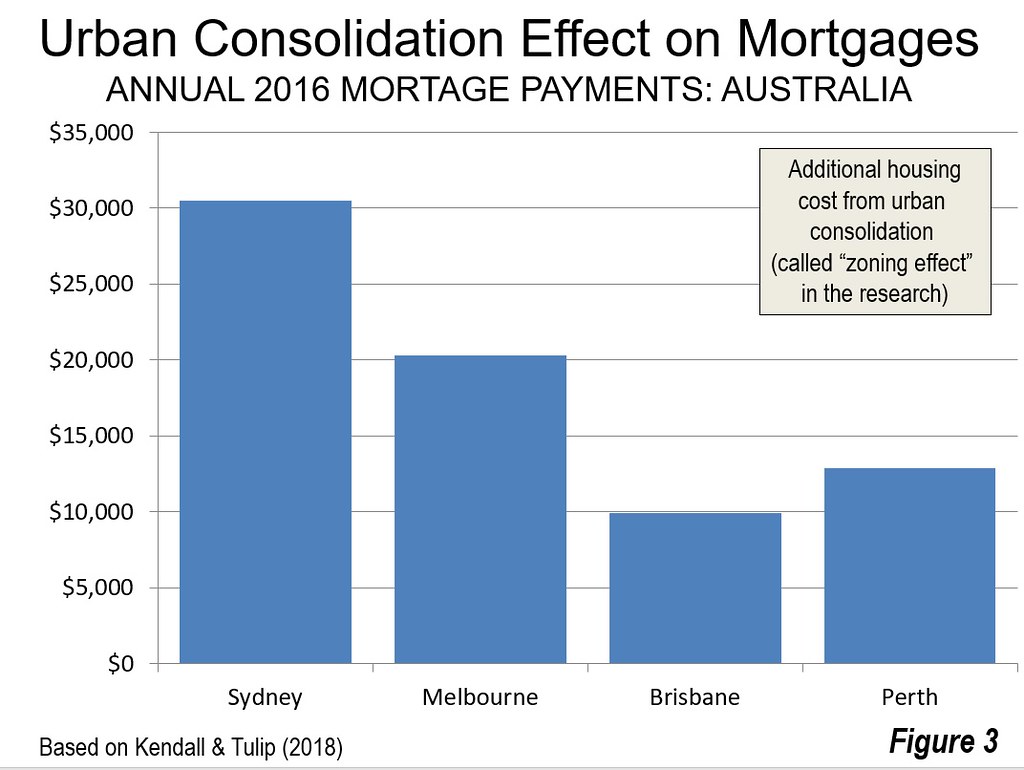Perhaps no region in the world is more associated with talent than the once-booming San Francisco Bay Area and Silicon Valley. In the first four years of the decade, the area netted an average of 10,000 domestic migrants annually. But by 2016, the tide had turned. About 12,000 residents fled San Francisco that year, and the net outflow for 2017 climbed to 25,000. Nor is the future prognosis particularly great. Seventy-four percent of millennials in the Bay Area are currently considering an exit, according to the Urban Land Institute.
No surprise. San Francisco has devolved in recent years, with streets in some areas marred by the presence of homeless people, excrement and needles. Yet, housing prices are such that the California Association of Realtors now suggests a $181,000 income is necessary to purchase a home, more than 3.5 times the national average.
Expect Bay Area prices to rise further— even if Valley economic expansion continues to slow due to planning policies that block the peripheral growth required to improve affordability. Meanwhile, the outflow of households from the Bay Area could be accelerated by the new federal income tax provisions.
To date, the Bay Area’s job market has survived largely by hiring foreign workers; immigrants account for virtually all the region’s population growth. Many of these are essentially indentured servants on H-1B visas; the Bay Area accounts for a disproportionate share of these contract laborers and depends on non-citizens almost twice as much as other tech-oriented metropolitan areas. If the Trump administration follows through on promises to cut this program, the Bay Area may face even greater talent challenges in the years ahead
The complete listing for the Best and Worst States for Business can be found here.














